Crafting the Perfect Stair Runner
Step-by-Step Guide: Crafting the Perfect DIY Stair Runner for Your Home

Transform your staircase from just being a functional feature in the home to something more beautiful by installing an easy-to-do, budget-friendly stair runner.
Not only will it help protect your stairs against general wear and tear, but it also gives them improved aesthetic appeal too!
Embark on this journey today and make those steps work for you as well as look great, all at once!
Key Takeaways
-
Choose the perfect stair runner to fit your home decor
-
Consider material, pattern & width when selecting a runner
-
Preparing stairs for installation and troubleshooting common issues are key for a successful DIY project.
Choosing the Ideal Stair Runner for Your Home
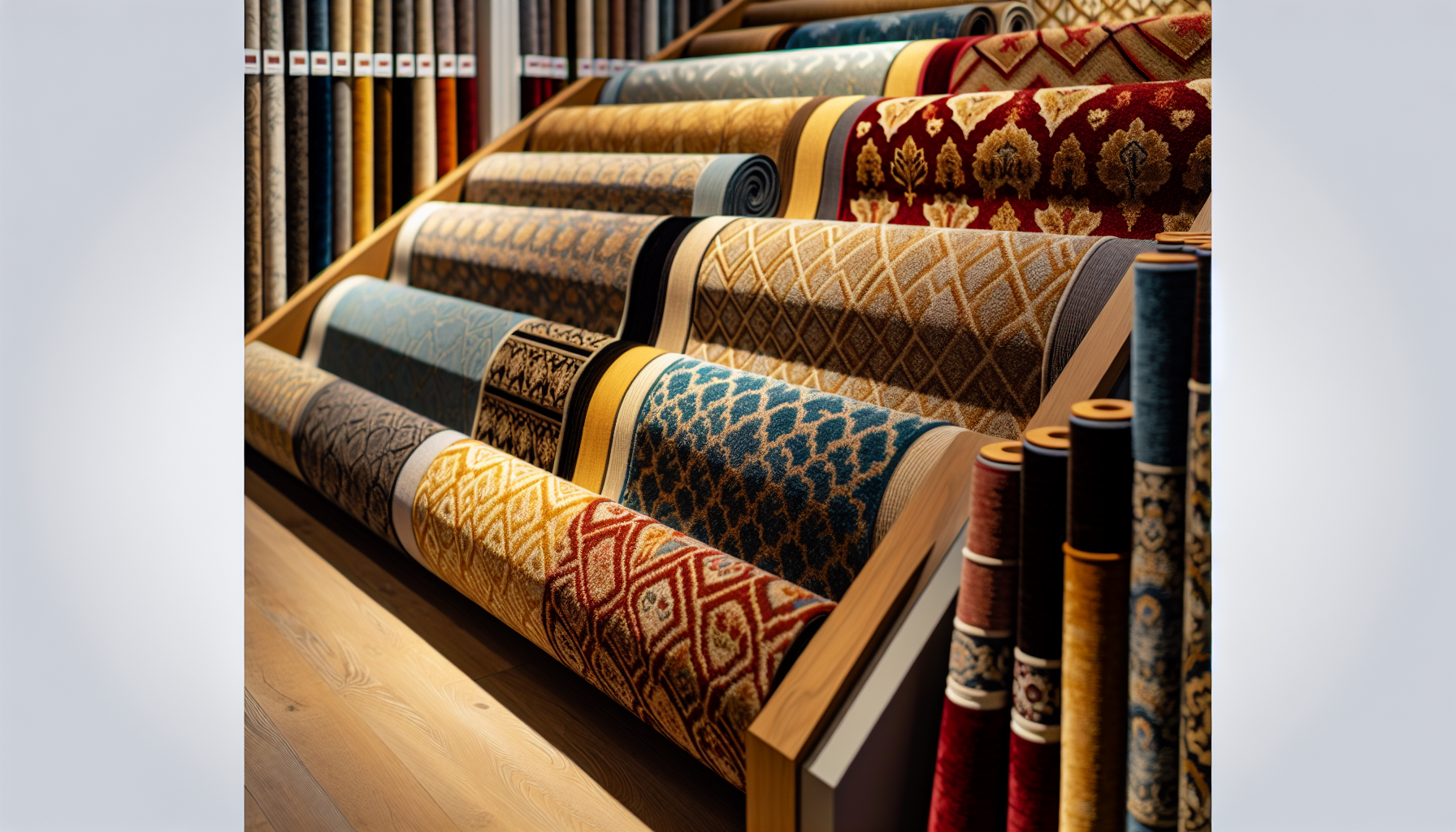
Picking the perfect stair runner is similar to selecting a special occasion dress – it should not only look attractive but also fit comfortably.
Having an ideal outcome with your staircase relies on choosing the right material, pattern, and width of this specific carpet or rug for your stairs.
What kind of material will you go for? There are organic, natural fibers that provide a unique touch as well as more long-lasting synthetic choices available when considering what type of treads works best for you.
The design and style of the selected item might be considered like icing on the cake. Still necessary to complete a great aesthetic that goes along with other decorative elements already in place within your home while having plenty of options between two pieces runners.
The first one plus the second one are part of the same series if needed at all.
Lastly, thinking, optimal size may be achieved by getting the balance just enough to leave some space around edges both outer ones so there’ll appear a finished edge rather than a messy incomplete appearance.
Ultimately influencing greater safety assured level of visibly controlled running result upon its installation properly into the house below railing parts.
Material Options for Stair Runners
Choosing the right material for your stair runners is like selecting a fabric for an outfit. Natural fibers, such as sisal and jute, offer a classic rustic look to any staircase.
They might not be ideal if you have children or pets since those materials can become worn down quickly with heavy traffic.
Alternately, synthetic fabrics including nylon and polypropylene provide durability while also resisting wear and tear from frequent footfall, making them more suitable in places that receive large amounts of visitors regularly.

No matter what type of fibers appeal most to you – whether it’s natural comfort provided by sisal/jute or robustness found in synthetics – make sure whatever option you choose fits into both your lifestyle needs as well as how many stairs are present in the area!
This will ensure that whatever selection is made doesn’t only improve its longevity, but keeps everyone safe when traversing up (or down) each step along with adding additional cushion underfoot.
Pattern and Width Considerations
When it comes to choosing the right runner, pattern, and width must be taken into consideration. There is an array of patterns available.
From subtle floral designs and traditional motifs to bold stripes or geometric prints which can add a modern touch depending on your style preference.
It is important that if there are landings or turns in the staircase the same alignment should be maintained throughout for a successful result.
As far as width goes, this all boils down to a personal choice: a wider stairwell may allow you more room for multiple runners at once, but when measuring always leave some exposed stair treads on either side of each step so safety isn’t compromised yet still allows enough space aesthetically speaking too!
Preparing Your Stairs for Installation

Prepping your staircase for a runner is as crucial as priming your skin before applying makeup.
Start by giving the steps a good scrub to get rid of any debris and dirt, if you have wooden stairs sand them down and touch up with paint to even out the tones.
When finished, be sure to mark the middle point on each step so that when laying down the runner it’s put in precisely - don’t forget about those outer edges!
Give ‘em one last final sweep of white paint so they remain visible after placing the rug over the top.
Measuring and Cutting Your Stair Runner
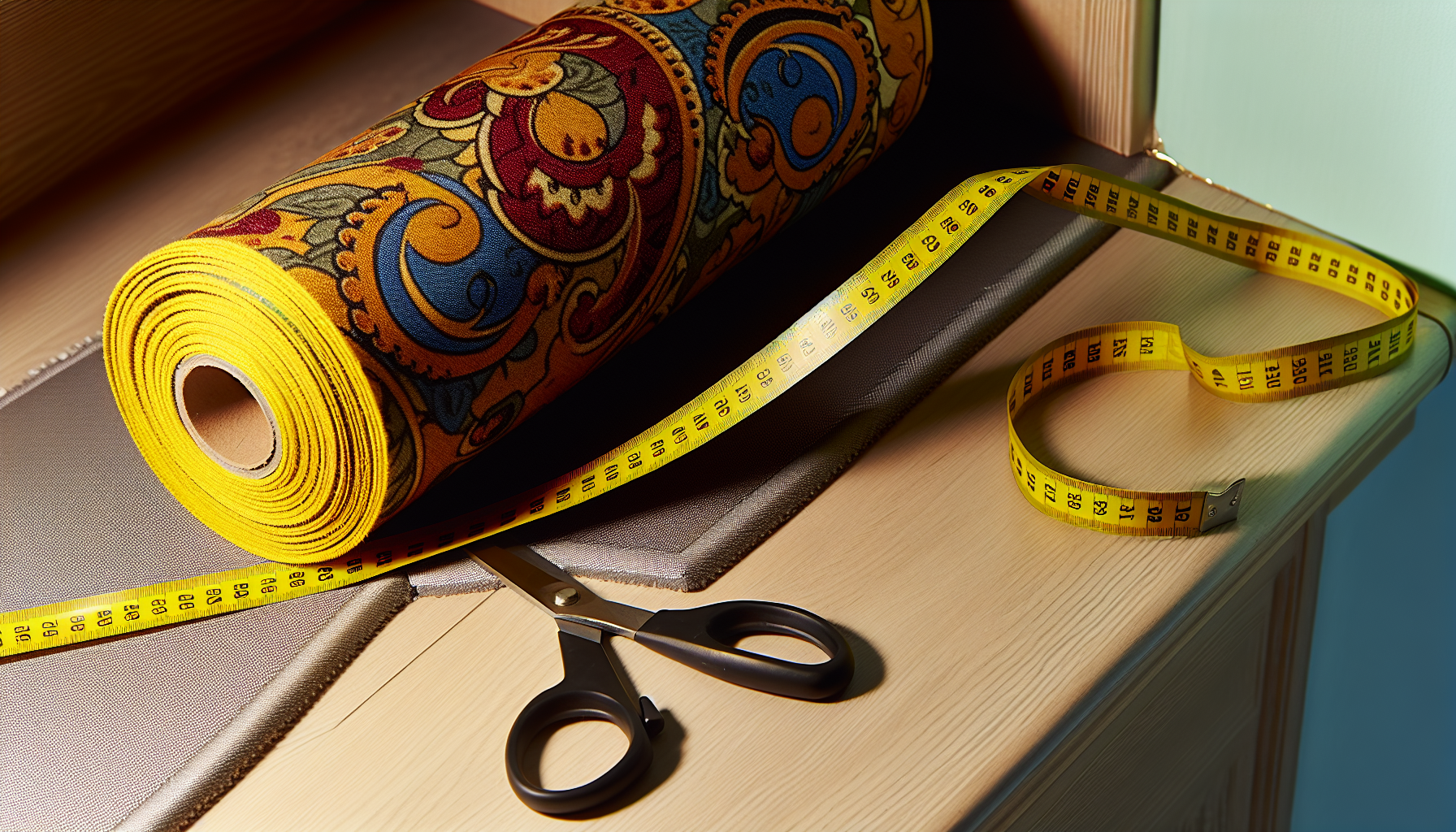
Before installing a stair runner, proper measurements must be taken with precision.
To get an accurate reading of the step size, take a flexible measuring tape and start at the base of the stair tread on the riser then wrap it around to cover both nose and tread before going back across towards its rear end.
Multiply this measurement at how many stairs are in your staircase - plus another 12 inches for landings or adjustments if necessary - and you’ll have an idea as to what total length is required for that project.
Now comes the cutting time.
Carefully measure out each piece so everything fits together seamlessly when completed.
Any slight miscalculation can spoil even great-quality fabric!
Patience plays a key here since accuracy will make all the difference between good workmanship versus bad one on these runners used on our beloved stairs.
Installing Rug Padding
For a comfortable and durable rug runner, the next step is to add padding with a carpet pad.
Just like how your bed has extra cushioning beneath its sheets, rug pads are used for enhanced protection in this case too.
Measure from back-to-front of each tread while subtracting 1/2 inch. Plus 2 inches from width when cutting out the desired size of padding to be secured by a pneumatic staple gun leaving about 1/8 -1/4 clearance between the riser and the cloth piece itself (optional but recommended).

Doing so will guarantee that you have snug stairs along with long-lasting results on both your stair runners as well as carpets.
Attaching the Stair Runner
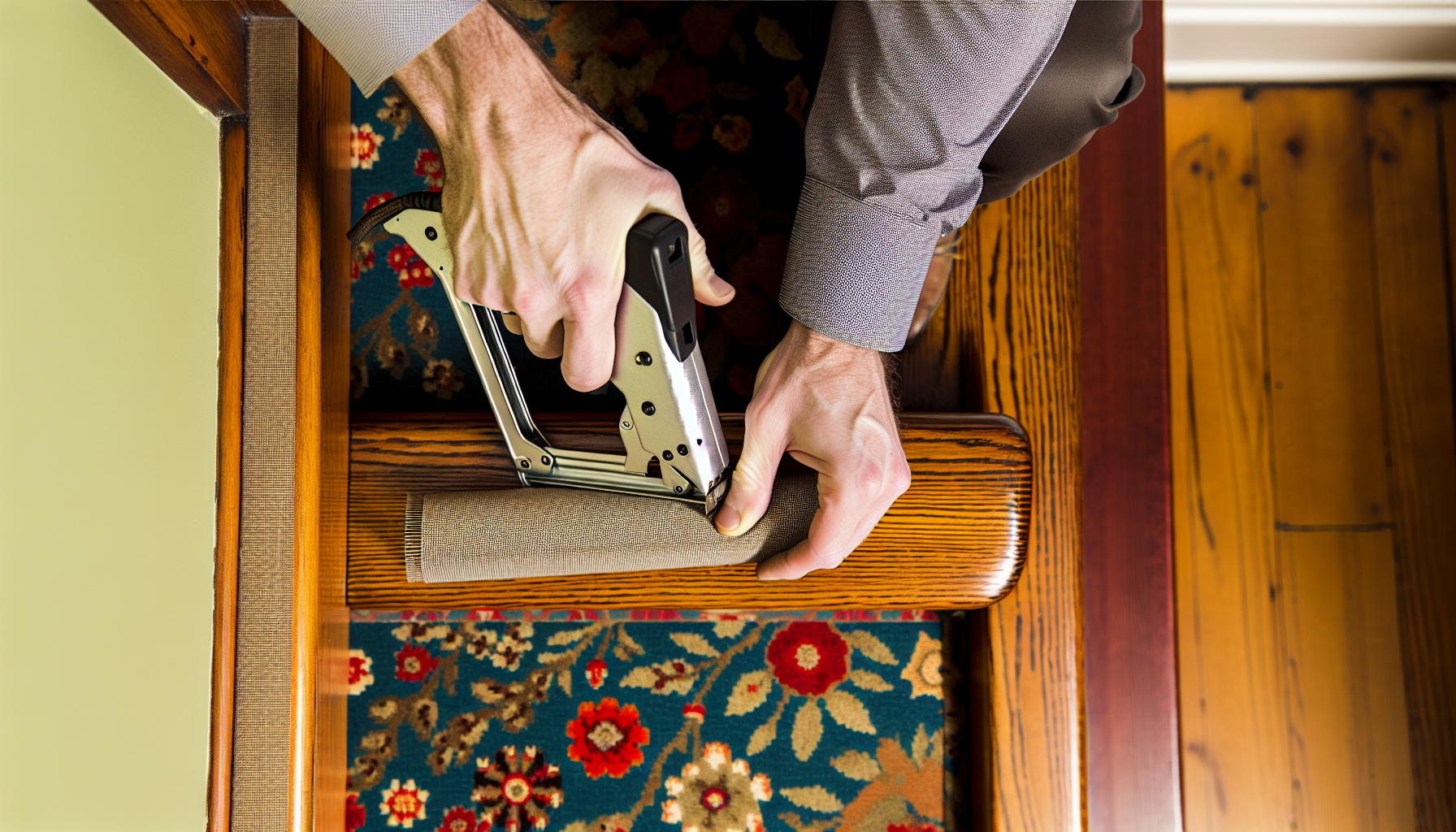
It is now time to secure your stair runner in place!
Just like mounting a painting on the wall, you want it centered and straight.
Here’s how: start by tugging the stair covering tautly then use a staple gun for fastening at both sides of every riser, 3 staples on each side will do.
With help from a plastic putty knife, slip under any exposed wood part around the stairs before proceeding with another step.
Make sure that an identical length of staircase is visible between either side so if not adjust before continuing onwards, but take all necessary time until perfection strikes as this entire construction isn’t merely functional but indeed artistry too!
Staple Gun Options
Finding the right tool is essential for any successful DIY project, and when it comes to attaching your stair runner, a staple gun is ideal.
Hand-held guns are inexpensive and can fit various sizes of staples – but if you have a larger staircase then one of the narrower crown staplers or cordless staplers might be better due to their convenience in use.
It’s important that whichever type you choose allows both comfort while using as well as an effective result. Smaller-width staples provide an unobtrusive finish.
Seamlessly Joining Multiple Runners
If you want your stairs to have a distinctive look or are dealing with longer staircases, installing multiple runners might be the solution.
It’s like assembling pieces of fabric into an incredible quilt: each component has to be accurately cut and fixed together for it to look flawless.
Begin by positioning the patterns in order and attaching them using staples on the risers at the base of every step. This DIY approach allows you full creative control.
If you’d prefer a neat finish, get somebody else to install it instead!

When piecing two different materials side-by-side, bear in mind that they should fit perfectly as well as remain taut – something which is best achieved where one meets another, such as underneath or right underneath the staircase railings itself.
Measure out properly before cutting both carpets and padding so there won’t be any gaps left over from when these were placed, making sure that ultimately your staircase looks stunning throughout its entirety!
Customizing Your Stair Runner
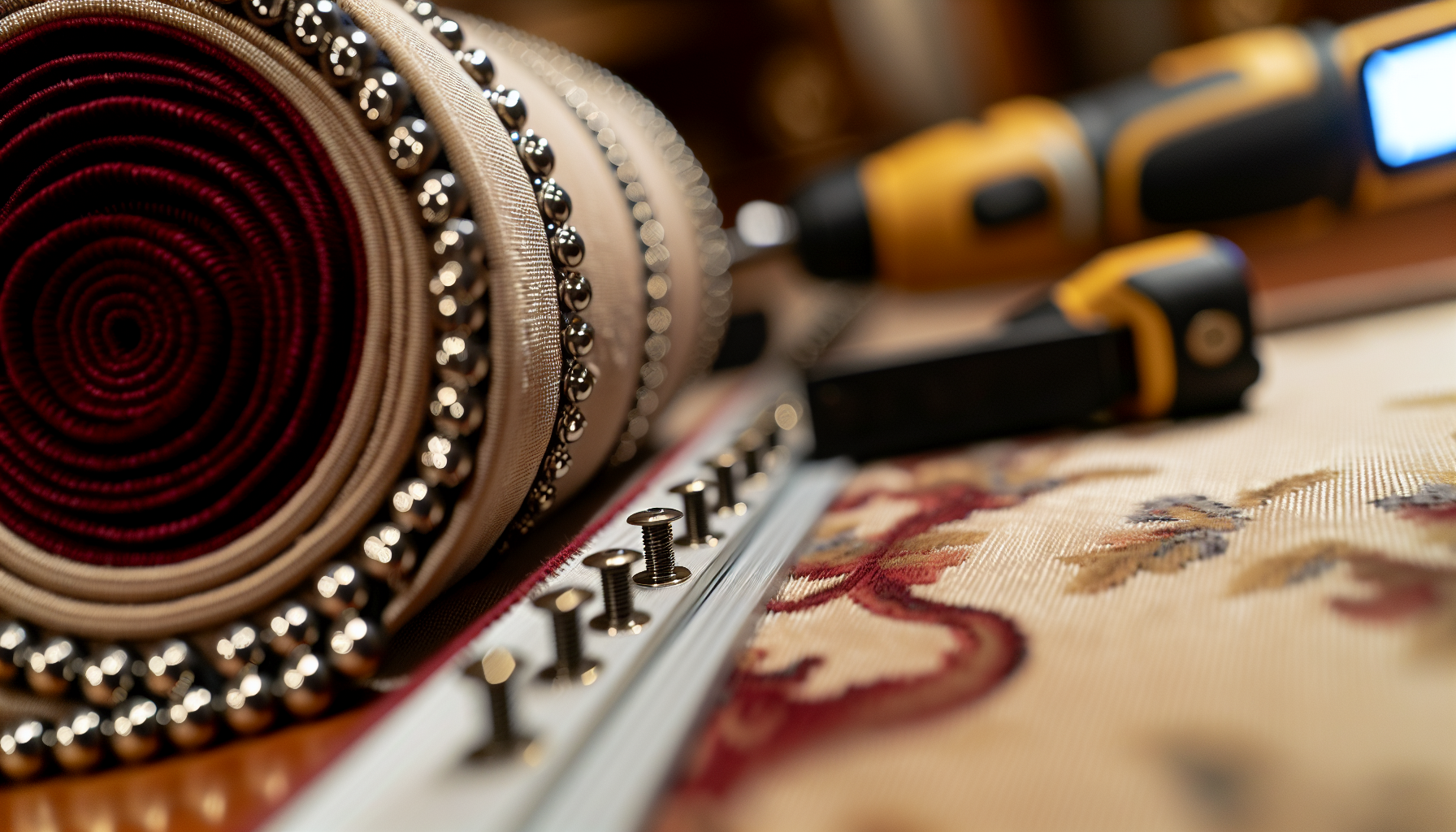
When selecting a stair runner to fit your style, there are several options for personalization.
You can secure furniture tacks along the edges of the fabric or create custom designs with paint – it’s all about expressing yourself!
To Customize your staircase, choose an eye-catching pattern that enhances its aesthetic and showcases your personality.
After all, making this feature truly yours is key. So don’t be afraid to experiment and make it both unique and beautiful at the same time!
Caring for Your New Stair Runner
After having installed your brand-new stair runner, keeping it in top condition is essential for ensuring its longevity.
A regular vacuuming routine and spot cleaning should be carried out to keep the carpet looking great while maintaining durability.
To vacuum, use either a detachable upright canister with attachments or an ordinary canister beginning at the upper part of the stairs and then proceeding downwards.

To do spot removal properly, here are some steps:
The first step would involve removing any loose debris from this area, mixing mild detergent and warm water solution in a spray bottle, and applying over affected spots on the floor or rug before rinsing them cleanly, last but not least let these areas air dry completely until done so thoroughly.
Regular maintenance will make sure that our staircase looks neat as well as vibrant, which ultimately adds life to our runner!
Troubleshooting Common Issues
Although it is possible to achieve a flawless stair runner installation through careful preparation and execution, you may encounter some obstacles along the way.
Fortunately, most of these are easy to fix with just a few tools - for example, if the edges appear loose, all that’s needed is to use either construction staples or double-faced carpet tape as fasteners.
To ensure perfect pattern alignment, take your time measuring each step’s center point – painter’s tape could help during this task too!
With persistence and accuracy in mind, you will surely have outstanding results worth being proud of!
Summary
A DIY stair runner project is a great way to customize the look and feel of your home, allowing you to put your personal touch on it.
With patience and creativity, any ordinary staircase can be transformed into one with a style that reflects who you are.
Measure carefully, pick out suitable materials for both pattern and material, then get started! Adding a stair runner will give your stairs impressive appeal without having to break the bank.
Frequently Asked Questions
Can I install a stair runner myself?
For even novice DIYers, installing a stair runner on a straight staircase is not only possible but also an easy task, as long as the right type of padding has been selected.
It’s certainly doable to achieve this project without professional help! Just make sure you have all of your materials related to stair runners and installation such as runner pieces for each step along with any other supplies needed for the job before beginning.
Can any carpet be used as a stair runner?
For optimal durability, stair runners should be made of either low-pile or flatwoven carpet.
Such carpets with separate runners can resist high amounts of foot traffic without becoming squashed.
Unfortunately, not all types are suitable for this application.
What are the disadvantages of a stair runner?
Stair runners, if exposed to regular foot traffic wearing shoes, can accumulate dirt and retain unpleasant smells.
Replacing the runner in the future would require refinishing of stairs too.
Hence it is important to take care when using stair runners as they get dirty quickly and odors may linger on them for a long time once trapped.
What material should I choose for my stair runner?
When looking for a stair runner that will last and be practical, synthetic fibers such as nylon or polypropylene are ideal.
For those wanting an aesthetic of rustic charm from the stairs, natural materials like jute and sisal could work but may not hold up over time with consistent foot traffic.
The options make it possible to find both style and long-term usage in one runner for any staircase!
How do I measure and cut my stair runner?
Using a flexible measuring tape, measure each step then multiply this number by all stairs including any landings which should be added an extra 12 inches.
Cut your runner to these measurements for precise installation.
Check out our full line of stair runners at DirectCarpet.com


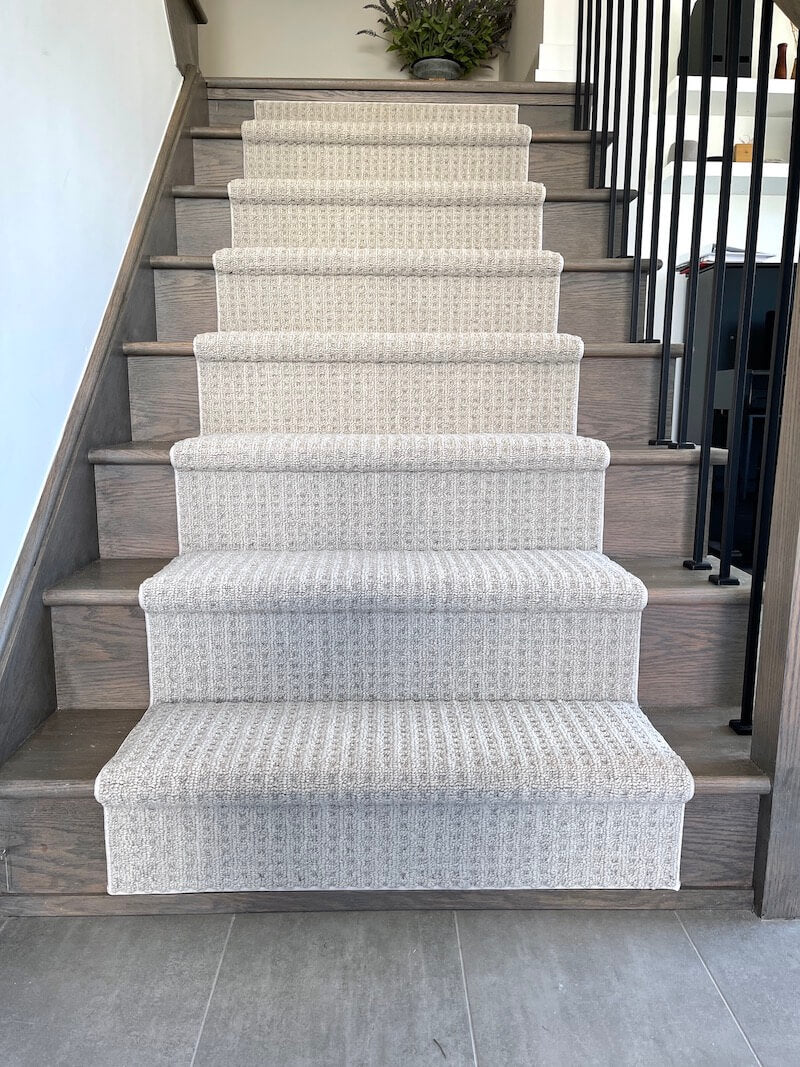
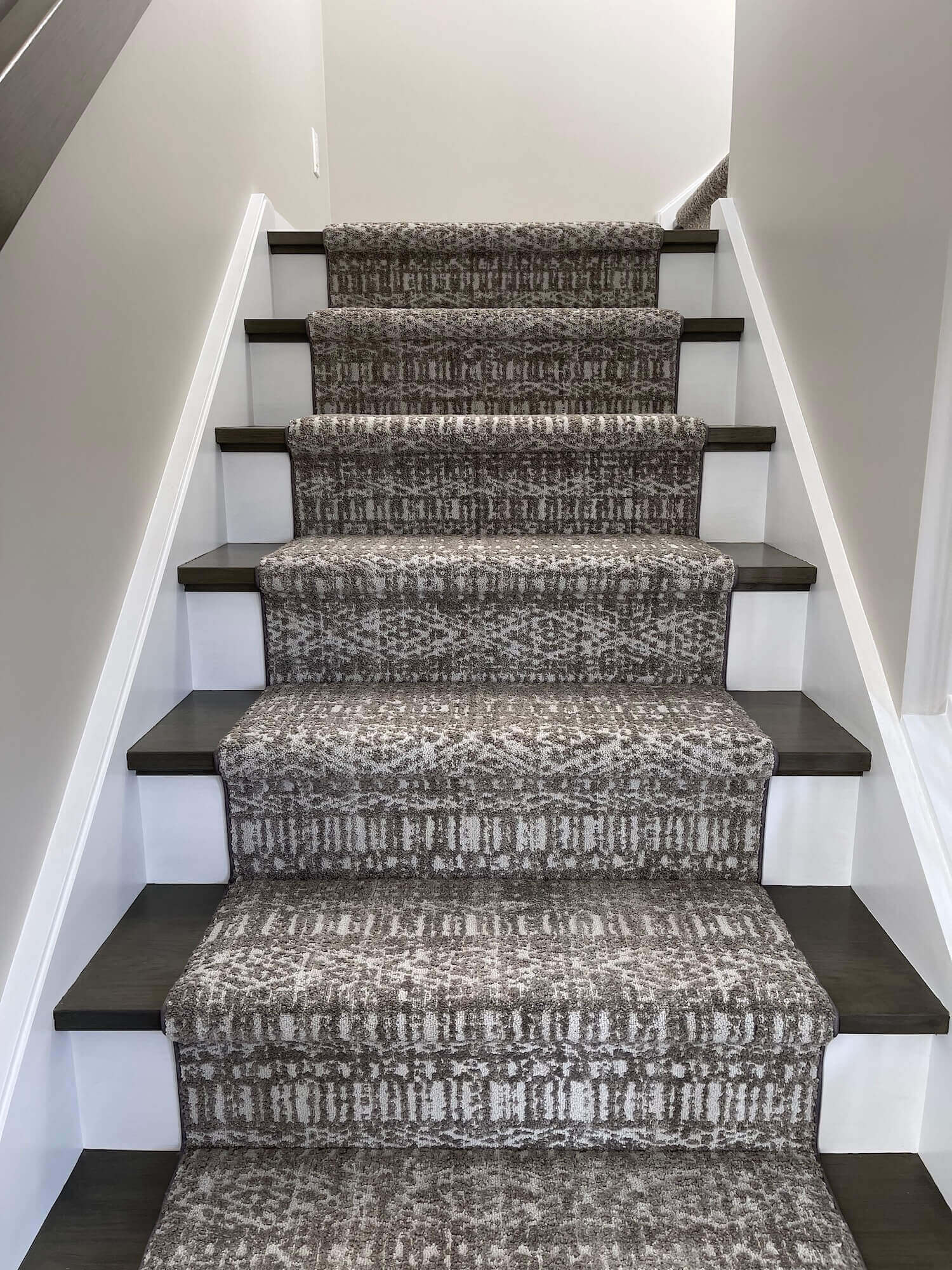


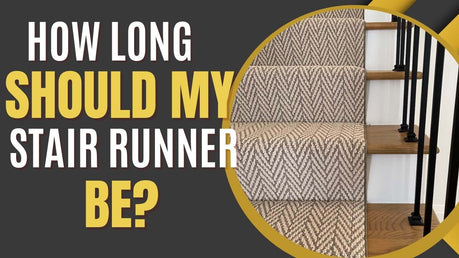


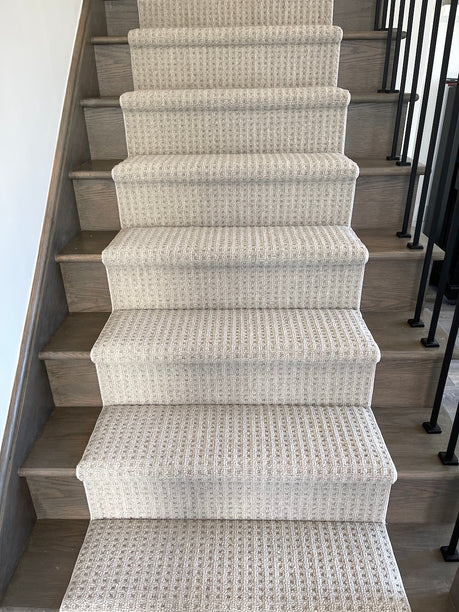
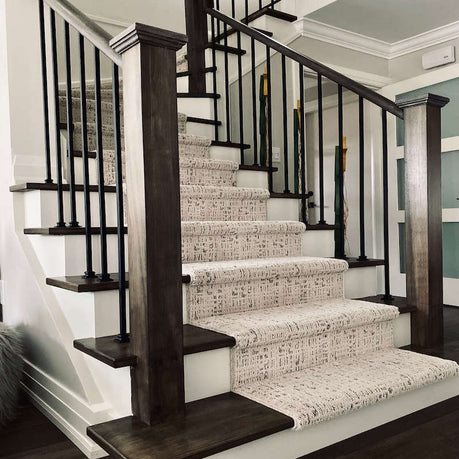

Leave a comment